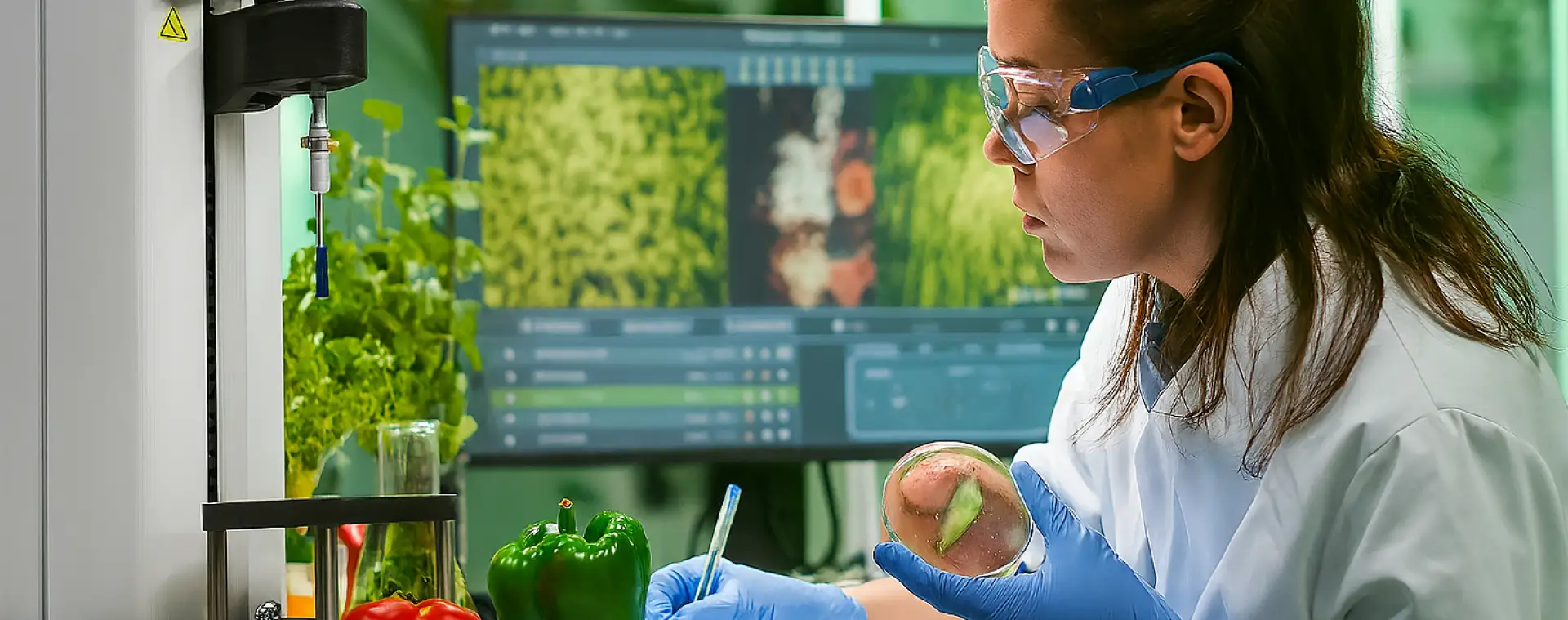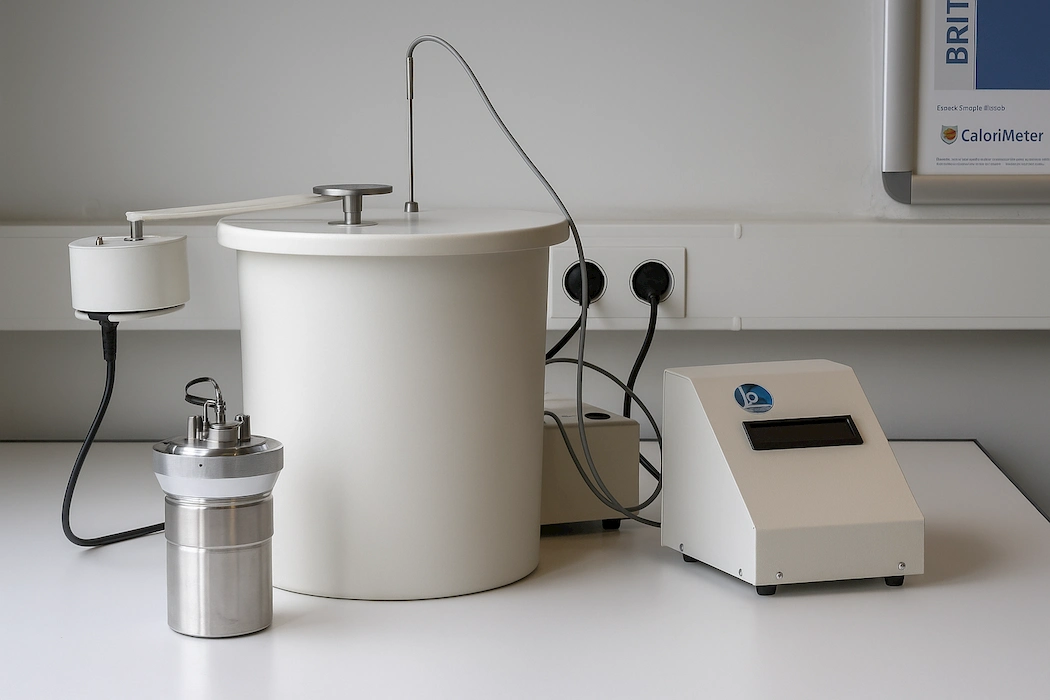When it comes to the sensory experience of food, texture plays a vital role—often just as important as taste or appearance. Whether it’s the crisp snap of a cracker, the chewiness of a gummy candy, or the smoothness of a pudding, texture influences consumer perception, satisfaction, and even product loyalty.
To ensure consistent quality and meet industry standards, food manufacturers and researchers rely on Food Texture Analyzers to scientifically measure and analyze texture properties. But what exactly is a food texture analyzer, and what can it tell us about the food we eat?
What is a Food Texture Analyzer?
A Food Texture Analyzer is a precision instrument designed to test and quantify the mechanical properties of food products. It applies controlled force to food samples and records their response — measuring attributes such as firmness, crispness, elasticity, and chewiness.
These machines simulate real-life scenarios like biting, cutting, or compressing, providing objective, repeatable results far beyond what human sensory panels can achieve alone.
How Does a Food Texture Analyzer Work?
Think of it as a highly sophisticated, instrument-controlled “bite.” At its core:
- The Load Cell: The heart of the system, it precisely measures force (in Newtons or grams-force).
- The Probe: This acts like a tooth, finger, or knife. Probes come in countless shapes and sizes: cylinders (for gels, cheese), blades (for cutting resistance), balls (for firmness), plungers, or even mimics (like artificial jaws).
- The Platform: Holds the sample securely.
- The Software: Controls the movement (speed, distance) of the probe and meticulously records the force exerted on the probe by the sample (or vice versa) throughout the test cycle.
Common Food Texture Properties Measured
Here are some key texture properties evaluated using a texture analyzer:
- Hardness
- The force required to compress a food item.
- Example: Firmness of cheese, bread, or fruit.
- Cohesiveness
- How well a food holds together during chewing.
- Important for gels, pâtés, and spreads.
- Springiness (Elasticity)
- The extent to which a food returns to its original shape after compression.
- Common in bakery products and meat.
- Chewiness
- A combination of hardness, cohesiveness, and springiness.
- Example: Texture of meats or dried fruit.
- Crispness/Crunchiness
- Detected as a force drop when a brittle sample fractures.
- Measured in snacks, crackers, and cereals.
- Adhesiveness
- The work required to overcome attractive forces between food and surfaces (e.g., tongue or teeth).
- Relevant for sticky foods like peanut butter or caramel.
Applications in the Food Industry
Food texture testing is used across a wide range of products and sectors:
- Bakery & Confectionery: Ensure consistent texture in cookies, cakes, gummies, and chocolates.
- Dairy: Monitor firmness in cheese, spreadability of butter, or creaminess of yogurt.
- Meat & Poultry: Measure tenderness and bite strength.
- Fruits & Vegetables: Evaluate ripeness, firmness, and freshness.
- Snacks & Ready-to-Eat Foods: Assess crispness and shelf-life stability.
Benefits of Texture Analysis in Food Quality Control
- Objective, repeatable measurements
- Faster R&D and product optimization
- Improved quality control and consistency
- Compliance with regulatory and labeling requirements
- Enhanced consumer satisfaction
Key Applications of Texture Analysis
- Quality Control (QC): Ensuring every batch meets strict texture specifications (e.g., consistent fry crispness, yogurt firmness, cheese melt). Quickly identifying defects.
- New Product Development (NPD): Optimizing formulations to achieve the target texture. Comparing prototypes objectively. Matching competitor texture profiles.
- Shelf-Life Studies: Quantifying how texture degrades over time under different storage conditions (e.g., staling of bread, softening of fruits, syneresis in yogurts).
- Raw Material Inspection: Verifying the quality and consistency of incoming ingredients (e.g., flour strength, fruit ripeness).
- Process Optimization: Determining the impact of cooking time/temperature, mixing speed, freezing/thawing cycles on final texture.
Conclusion: The Science Behind the Sensation
In a competitive food market, texture analysis offers food scientists and manufacturers a strategic advantage. With a Food Texture Analyzer, you can go beyond subjective taste tests and obtain accurate, science-backed data that helps improve product development, shelf life, and customer experience.
As food preferences evolve, ensuring consistent texture will remain critical—not just for quality assurance, but for delivering the memorable mouthfeel your consumers expect.
While flavor grabs the headlines, texture is the silent workhorse of food quality. The Food Texture Analyzer provides the indispensable scientific backbone, transforming the complex, subjective experience of mouthfeel into reliable, objective data. For any food business serious about consistency, quality, innovation, and consumer satisfaction, mastering texture through instrumental analysis isn’t just an option – it’s a fundamental necessity. It’s the science that ensures the crunch, the creamy, the tender, and the springy are delivered perfectly, bite after bite.
If you need to test your food quality of texture for testing broad categories of packaging materials, foods of all types, cosmetics, pharmaceuticals, and mechanical devices. AMETEK Brookfield custom design a fixture and probe for most applications.
Contact:
Email: sales@apex-instrument.com
Mobile/WhatsApp: +971526191767



